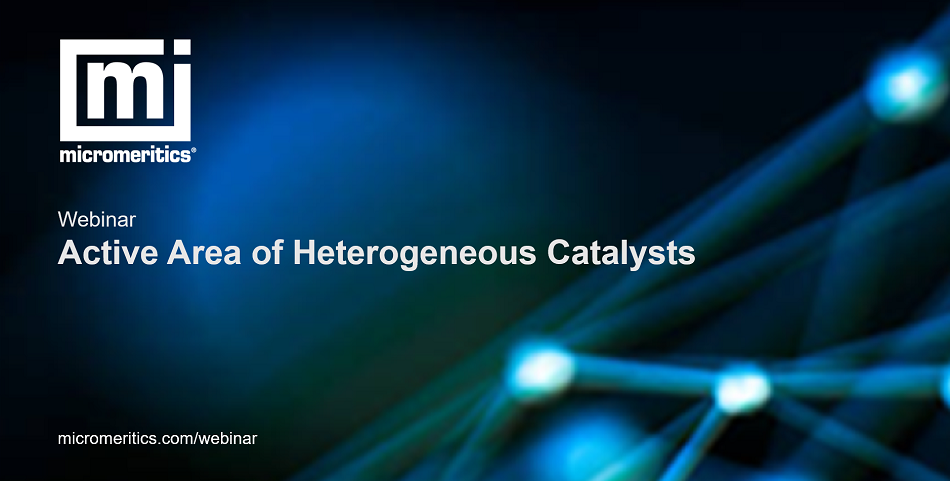
Important parameters like metal dispersion, the number of surface active sites, redox properties, acidity, and activation energy can be measured by various analytical techniques that can be classified depending on different concepts. The investigation of the exposed active surface of a catalyst is generally performed by chemisorption in isothermal conditions while bulk reactivity tests need a temperature increase. Chemisorption under isothermal conditions can be performed by static manometric or dynamic flow techniques, each of these methods provides a different piece of information. Temperature programmed methods like TPRe and TPD need a specific dynamic technique.
Who Should Attend
This webinar will benefit beginners and professionals in research, development, processing, or quality control who want to acquire a basic understanding of comprehensive material characterization or who want to refresh and expand existing knowledge. Furthermore, those who are looking for suggestions for further possible uses of physisorption, chemisorption, mercury porosimetry, particle size characterization, and powder rheology, as well as microreaction technology, should attend this webinar.
What You Will Learn
In this webinar, attendees will learn more about:
- Chemisorption parameters and typical results in isothermal conditions
- Features of static manometric and dynamic techniques
- Temperature programmed reduction, oxidation and desorption procedures and results
- How to measure the activation energy for desorption
- Use of TPR in choosing the best sample activation parameters
Speaker
Dr. Luca Lucarelli | Technical Application Consultant | Micromeritics